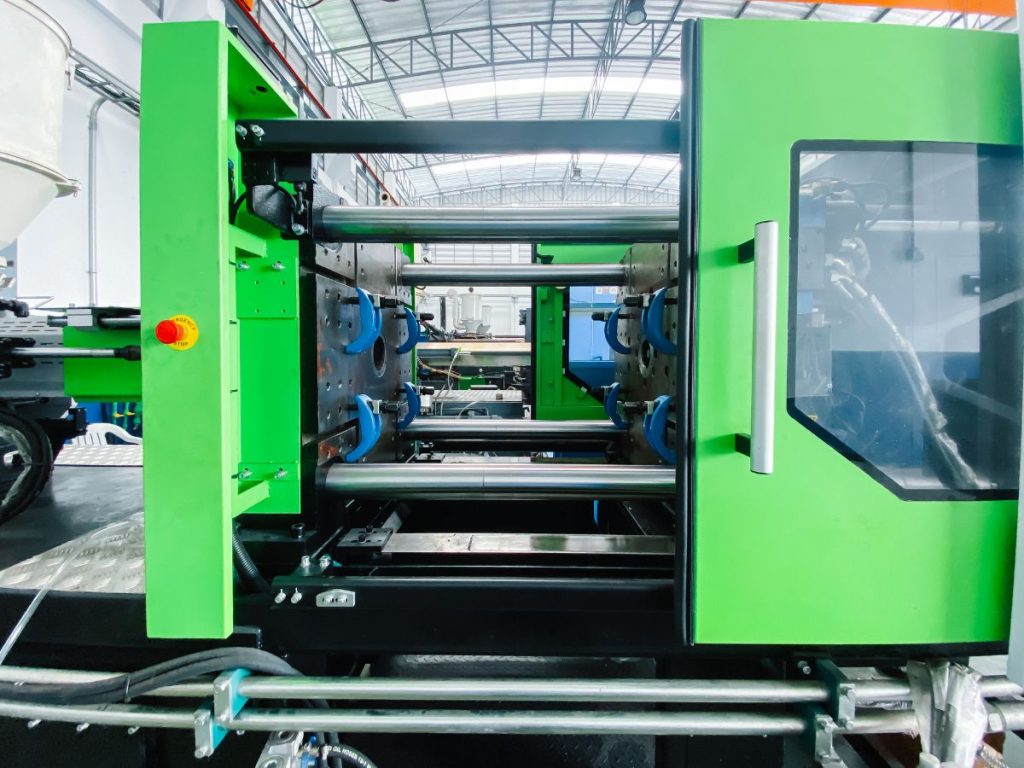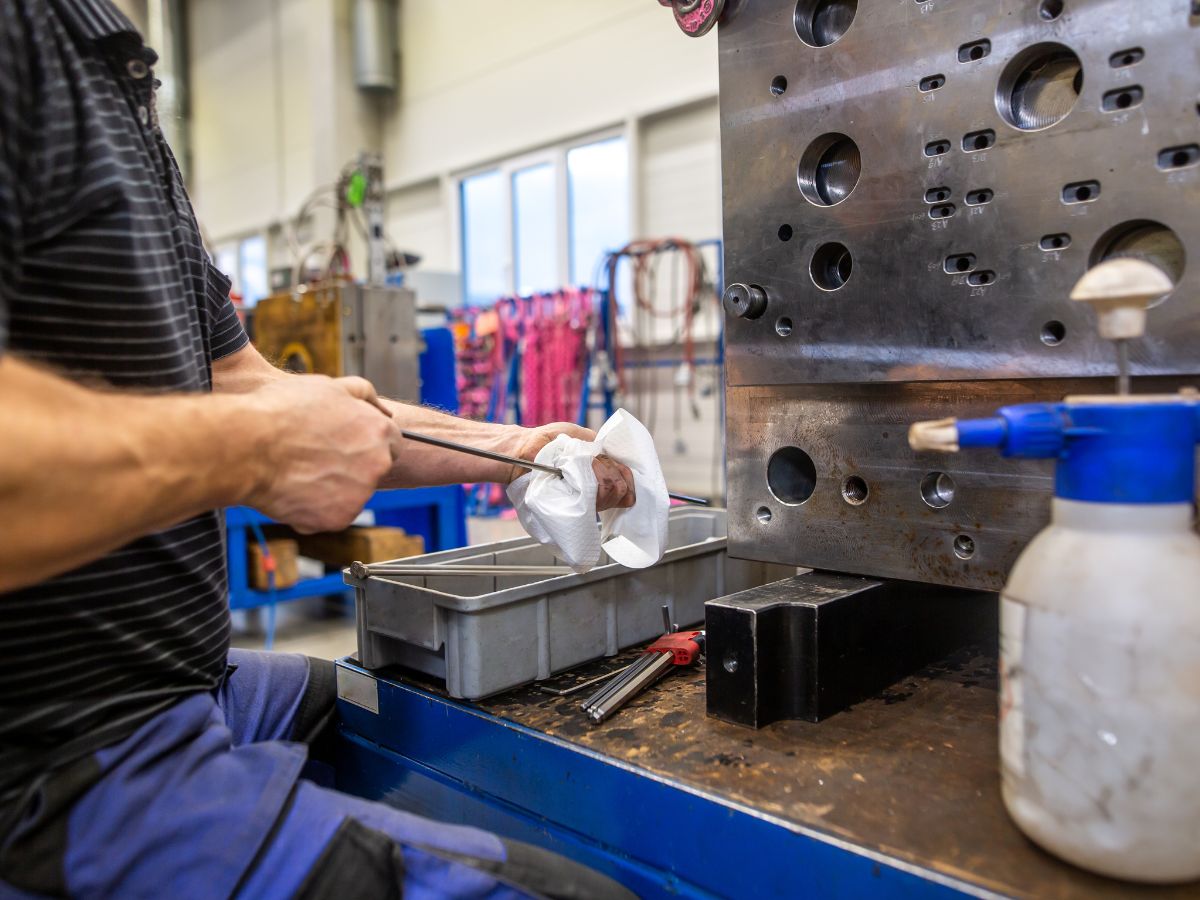Selecting the right injection molding machine is one of the most consequential decisions a plastics business makes. The right choice amplifies part quality, stabilizes cycle time, reduces scrap, and unlocks new product lines. The wrong one drains energy, chokes throughput, and complicates maintenance. This guide distills the essentials—machine types, parts, capacity sizing, price drivers, and plant-readiness—so you can move from shortlisting to confident purchase with clarity. Throughout, you’ll see how a modern plastic molding machine fits into your broader plastic machinery ecosystem and what to expect from a seasoned molding machine manufacturer.
What an Injection Molding Machine Actually Does
At its core, a plastic injection molding machine melts polymer and injects it into a closed mold at controlled pressure and speed. Once the part cools and solidifies, the mold opens and ejectors push the part out, ready for trimming, inspection, or downstream automation.
Different teams use different names for the same thing—injection molding machine, plastic molding machine, moulding machine—but the fundamentals remain the same: melt, inject, pack, cool, eject, repeat.
The Key Sections and Parts You Should Know
Understanding the anatomy helps you evaluate spec sheets with confidence and diagnose issues faster on the floor.
- Clamping Unit: Keeps the mold shut under tonnage during injection. Comes in toggle, two-platen, or hydraulic designs. Tie-bar spacing dictates max mold size.
- Injection Unit: Screw and barrel plasticize and meter resin; nozzle delivers melt into the sprue. Screw L/D ratio and compression profile affect melt quality.
- Drive System: Hydraulic, servo-hydraulic, or all-electric. This choice determines energy use, precision, and maintenance rhythm.
- Controller/HMI: The machine’s brain. Look for intuitive setup, recipe management, precise PID controls, and component-level traceability.
- Auxiliaries Interface: Hopper dryer, loader, mold temperature controllers, chiller, granulator, and robots. Clean integration minimizes setup time.
- Ejector and Core Circuits: Ejector stroke, speed, and programmable core pulls ensure reliable part release and complex part geometry.
- Safety and Standards: Guarding, interlocks, CE/UL conformity, and documented safety circuits.
Typical wear parts include screw tips, non-return valves, barrel heaters, thermocouples, filters, seals, and hydraulic hoses. Stocking a sensible spares kit avoids costly downtime.
Drive Types Compared
A quick side-by-side to align your priorities:
| Drive type | Energy efficiency | Precision at low shot sizes | Maintenance load | Best-fit use cases |
|---|---|---|---|---|
| Hydraulic | Medium | Medium | Medium to high | General purpose, large tonnage, thick-wall parts |
| Servo-hydraulic | High | High | Medium | Mixed portfolio, energy savings, stable cycles |
| All-electric | Very high | Very high | Low | Tight tolerances, cleanroom, high-cavity small parts |
Sizing: Tonnage, Shot Size, and Mold Fit
You don’t buy tonnage—you buy window. The right machine gives you room to run efficiently without overpaying for capacity you won’t use.
- Tonnage: Estimate using projected part area multiplied by clamp pressure per unit area (commonly in the range molders use for the resins and gate design in question). Add margin for multi-cavity tools, higher pack pressures, and future products.
- Shot Size: Total shot volume must comfortably exceed the part plus runner volume. A healthy cushion helps maintain melt consistency and residence time.
- Mold Fit: Tie-bar spacing, platen size, max mold height, and ejector stroke must match your largest intended tool. Don’t forget robot clearance and end-of-arm tooling.
- Throughput: Cycle time is governed by fill, pack, cool, and open/close. Controller repeatability and cooling capacity are silent levers for takt time.
Materials and Their Implications
- Commodity resins like PP and PE are forgiving but still benefit from balanced gates and adequate back pressure for surface finish.
- Engineering resins such as ABS, PC, PA, and PBT require tighter temperature control and often prefer screws with specific compression profiles.
- Transparent and optical parts demand immaculate melt and mold surfaces, stable screw recovery, and low shear.
- High-temperature polymers push barrel, heater, and thermocouple reliability—spec these conservatively.
Price Drivers You Can Actually Control
Sticker price tracks capacity and options, but lifetime cost tracks process stability, uptime, and energy.
| Factor | What it affects | Impact on price |
|---|---|---|
| Tonnage and shot size | Mold range and part family fit | High |
| Drive type (hydraulic vs servo vs electric) | Energy, precision, ambient noise | Medium to high |
| Controller sophistication | Setup time, scrap rate, traceability | Medium |
| Aux interfaces and I/O | Automation readiness | Low to medium |
| Custom screws/barrels | Melt quality for niche resins | Low to medium |
| Safety/compliance package | Market access, insurance | Low |
| Service package & warranty | Downtime risk | Medium |
A sensible approach is to spec the smallest machine that comfortably covers your part families, then invest in control, repeatability, and cooling—these pay back every shift.
New vs Used, and When Each Makes Sense
- New machines deliver modern controllers, lower energy use, and predictable performance from day one. They’re ideal when you’re locking down a validated process or expanding a tight takt-time line.
- Used machines can be smart for low-risk parts or tooling trials, provided you fully evaluate screw/barrel wear, pump health, controller integrity, and platen parallelism. Beware false economies in energy and maintenance.
Automation and Cell Design
Treat the machine as the centerpiece of a cell, not a standalone asset.
- Part handling: Cartesian or 6-axis robots stabilize cycle time and protect surfaces.
- In-line QC: Vision, weight checks, and cavity separation catch defects early.
- Downstream: Degating, ultrasonic welding, pad printing, or assembly inline reduces WIP and touchpoints.
- Connectivity: Data collection from the controller supports OEE improvement and faster troubleshooting.

Maintenance That Prevents Scrap
- Daily: Check oil levels and leaks, heater band status, thermocouple readings, and nozzle alignment. Purge and verify melt consistency at startup.
- Weekly: Inspect filters, screw recovery times, and back-pressure repeatability. Grease toggle points if applicable.
- Quarterly: Evaluate screw/barrel wear, platen parallelism, hydraulic fluid condition, and clamp repeatability.
- Annually: Full calibration, controller firmware review, and safety circuit tests.
Documented PM schedules turn into predictable quality and fewer surprises.
Brand Landscape and How to Choose
There are broadly two classes in the market:
- Tier focused on precision and electronics: Often all-electric or high-end servo-hydraulic platforms, excellent for medical, lens, and connector work.
- Tier optimized for general-purpose value: Robust frames, servo-hydraulic efficiency, and strong ROI for consumer goods, packaging, and automotive trim.
Instead of chasing logos, evaluate the molding machine manufacturer on:
- Application support and mold trials
- Local parts availability and response time
- Training, documentation, and after-sales service
- Controller usability and recipe management
- Energy profile at your typical shot size and cycle
- Realistic lead times and installation support
Why Many Plants Choose Daoben Machinery
Daoben Machinery focuses on production outcomes: stable cycles, predictable melt quality, and energy-efficient drive systems that reduce per-part cost. Key strengths customers value include:
- Process stability: Servo systems and responsive controllers for consistent packing and recovery.
- Wide model coverage: From compact medical workcells to large tonnage machines for home goods and automotive parts.
- Integration readiness: Clean interfaces for robots, vision, and auxiliaries, enabling quicker cell commissioning.
- Service footprint: Practical spare parts kits, clear documentation, and responsive support help you keep uptime high.
- Customization: Screw/barrel options, special alloys, and resin-specific packages for optical, flame-retardant, or high-temperature applications.
If your roadmap includes tighter tolerances, faster cycles, or new resin families, it’s worth benchmarking a Daoben workcell against your current baseline.
Quick Selection Workflow You Can Run This Week
- List your target part families: Dimensions, wall thickness range, aesthetic needs, and any regulatory constraints.
- Quantify resin behavior: Melt flow index, drying requirements, sensitivity to shear and moisture.
- Estimate tonnage and shot size: Use conservative assumptions for gate design and pack, then add expansion margin.
- Pick drive type intentionally: Electric for micro and optical, servo-hydraulic for mixed portfolios, hydraulic for large thick-wall parts.
- Check mold fit and future tooling: Tie-bar spacing, platen hole pattern, ejector stroke, and robot clearance.
- Plan the cell: Drying, temperature control, chilling, part handling, and inline QC.
- Lock in PM and spare parts: Define daily/weekly/quarterly checks and stock critical wear parts.
- Validate with trials: A factory or tech center trial using your molds and resins is the fastest way to de-risk.
Plant Readiness Checklist
- Adequate power, grounding, and breaker capacity
- Cooling loop sized for your mold steel and cycle goals
- Clean, dry compressed air where needed
- Resin handling and drying sized to peak throughput
- Mold protection and cavity pressure monitoring if parts are critical
- Clear egress and crane access for mold changes
- Data logging to support continuous improvement
When to Upgrade Your Existing Machine
- You are running at max injection pressure with short shots creeping in.
- Screw recovery is the bottleneck at your target cycle.
- Rejects correlate with ambient temperature swings or shift changes.
- Energy intensity per kilogram is noticeably higher than peer lines.
- Controls lack the repeatability, alarms, or traceability your customers demand.
An upgrade can pay back through yield, energy, and labor within a surprisingly short horizon when calculated against actual cell throughput.
Move From Shortlist to Action
If you’re narrowing options and want to compare controller capability, energy use at your shot size, or integration with your auxiliaries, start a structured trial plan. Evaluate repeatability, startup scrap, and actual cycle over several resin lots and molds.
For an overview of capabilities and configurations, explore a modern Injection molding machine platform and speak with a seasoned molding machine manufacturer about your exact part families, resins, and takt goals. The right choice integrates seamlessly with your existing plastic machinery, delivers consistent first-pass yield, and leaves you room to grow.




